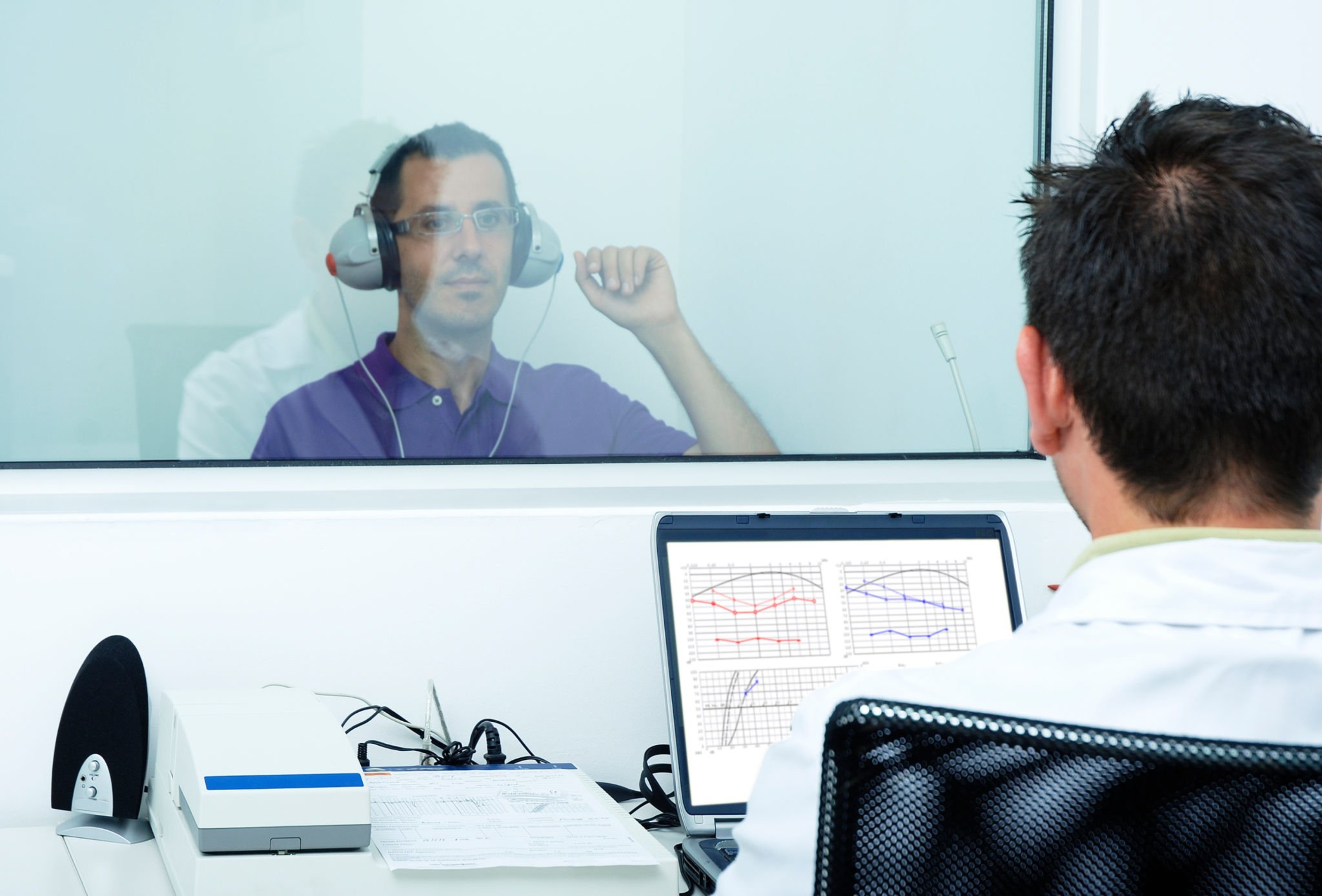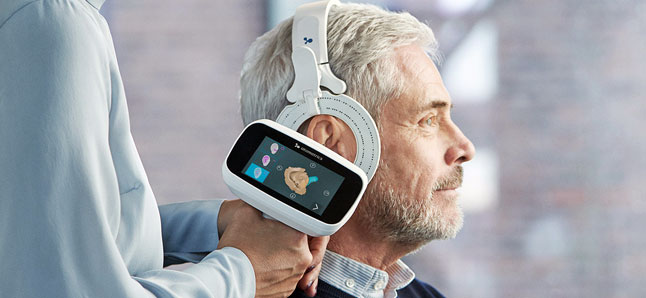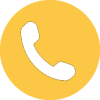Audiology gained a major boost in the late 1940s after World War 2 as a number of servicemen returned with noise- induced hearing loss. It was their rehabilitation programs that gave science a major boost. In fact the first time the word “audiology” appeared in print was in 1946 in the Journal of Speech Disorders and the Volta Review.
Who is an Audiologist?
Audiology combines the best available technology with medical science to come up with solutions to hearing or balance disorders people have. People who practice audiology are called audiologists. Audiologists are responsible for managing and rehabilitation of disorders related to hearing as well as balance.
Audiologists have a Doctorate in Audiology from an accredited university. They are trained to care for patients ranging from new born babies to elderly people. The wide age spectrum includes a multitude of possible problems that they need to resolve. They work with a multidisciplinary team to provide these individualized solutions for their patients.

Diagnostic Tests:
There are a number of diagnostic tests that can be employed by an audiologist to help better understand the disorder that a patient is suffering from. Some of these include tests for assessment of hearing as: pure tone audiometry, Tympanometry, Auditory brainstem evoked response and auditory steady state response testing, otoacoustic emissions, visual reinforcement and play audiometry for children.
While others are for testing balance as: videonystagmograhy(VNG), Vestibular evoked myogenic potential (VEMP), Head impulse tests and others. The type of diagnosis made will depend on the symptoms that the patient is complaining about. Not all diagnostic tests are done on all patients. It is the job of the audiologist to narrow down the testing options based on what he learns from the patient, their family history and other physical indications and symptoms.
Treatment Options:
The results of the diagnostic tests will help the audiologist to understand the disorder that a patient is suffering from so that they may plan the treatment. Most hearing related issues are resolved with auditory rehabilitation consultation, which includes the use of hearing aids.
Cochlear implant pre-evaluation and post- implantation care is also a regular treatment for hearing loss. The audiologist will also help the patient with communication skills counselling as well as helping the caregivers of the patient and other family members counselling.
Also vestibular abnormalities can be resolved with vestibular rehabilitations depending on the symptoms of the patient.
Needless to say the audiologic evaluation is the basis of the treatment.

Audiology and Technology:
Since its inception, the field of audiology has been dependent on the type of technology available to it. Measuring hearing loss, the impact of the loss on the patient’s ability to communicate, rehabilitation with hearing aids, all need technology based gadgets.
Over the last few decades, both the technology available has improved and the solutions being offered by audiologists. The new gadgets make recording hearing loss easier and more accurate. They allow screening for hearing loss in newborn babies – this has enabled treatment of hearing loss in early infancy and fitting of hearing aids within weeks of being born.







